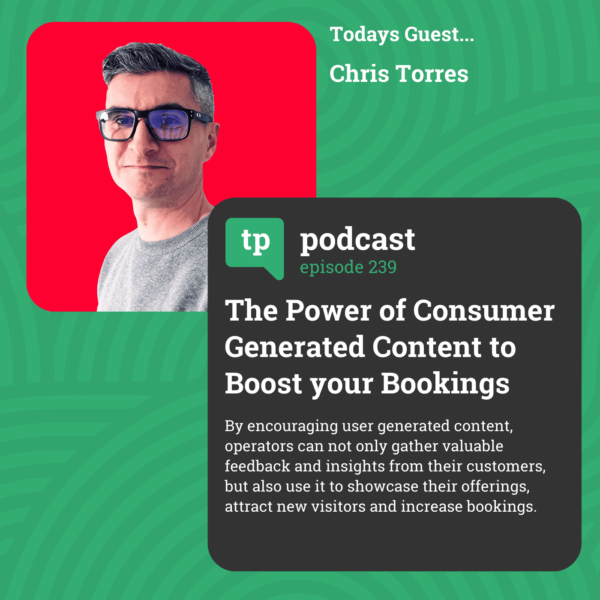Invest In Your Website – DigiTourShow Daily #057
Successful tourism businesses see their website as the centrepiece of their business success, and are willing to invest regularly to keep it updated.
A website is the beating heart of your business and if you do not care and maintain it you will find that your business will flat line.
Successful tourism businesses know their site is their 24/7 sales agent, their business development manager, and the time and money they invest in it pays dividends.
Filming location: The Falkirk Wheel, Scotland
#digitourshow #falkirk
Need more free advice?
Chris and his team will send you a weekly email offering high-value insight and advice about a variety of marketing and business development topics related to the tourism industry. We address specific destinations, tours and activities, and the hotel industry. We also provide important travel industry news and updates.

